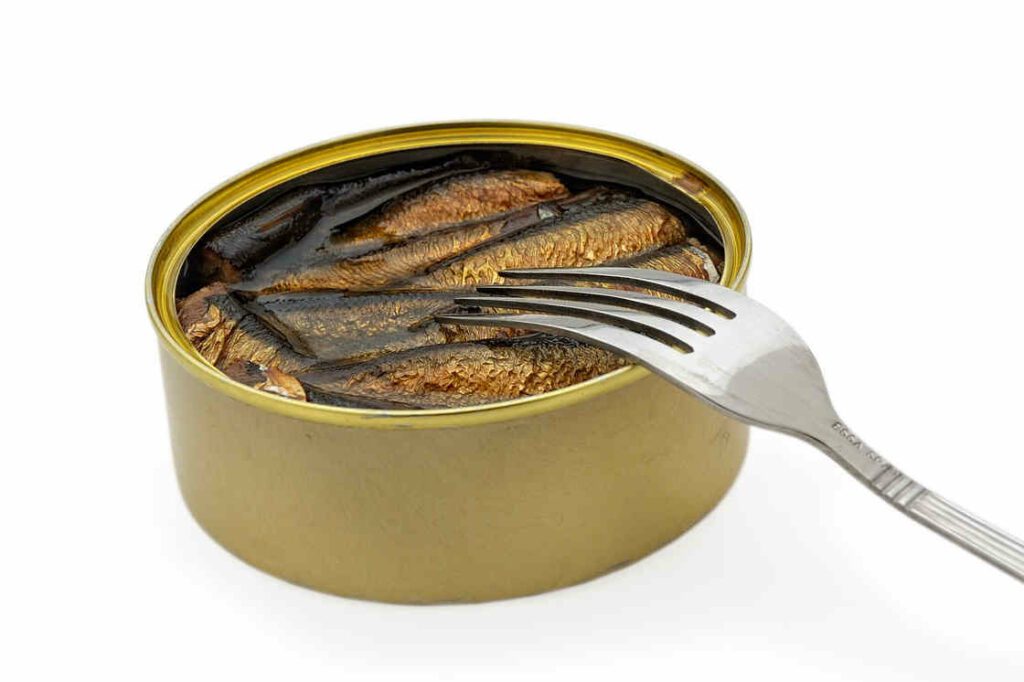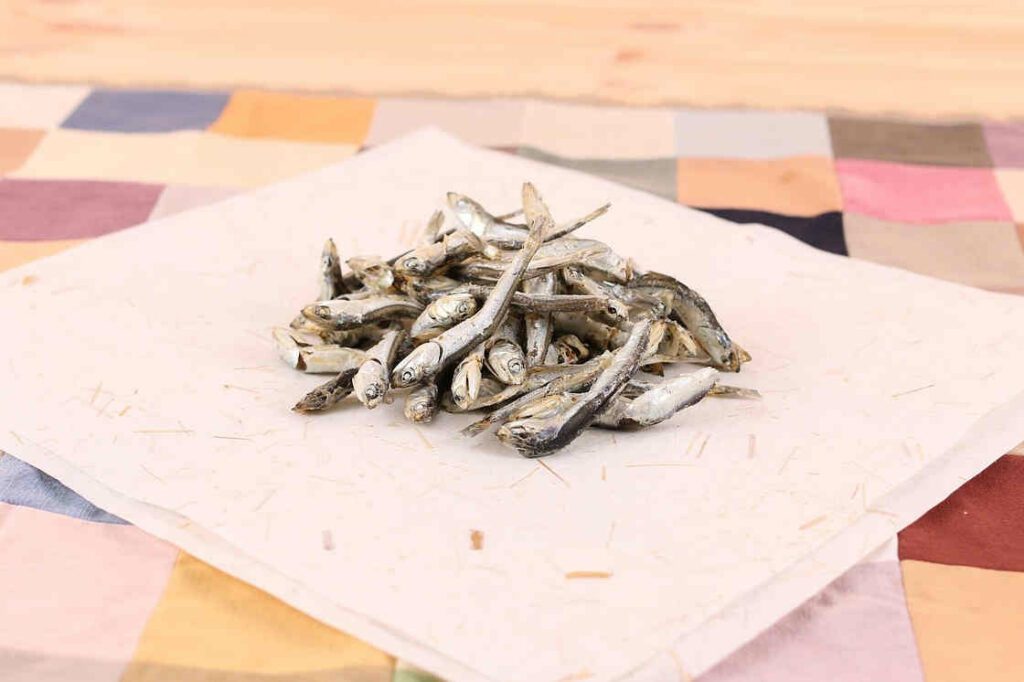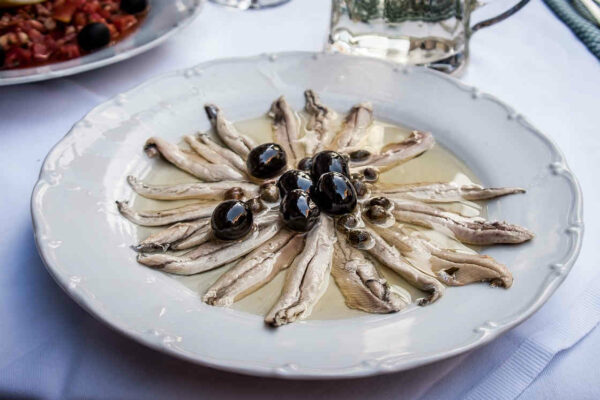Why Are Anchovies Often Misunderstood In Italian Cuisine? Anchovies often get a bad rap, especially among people who claim to love Italian food. They recall unpleasant experiences with fishy, smelly toppings on pizza slices, which sadly leads them to distance themselves from any Italian dish featuring anchovies. What many fail to realize is how ingrained these tiny fish are in the Italian culinary landscape. Some of the most beloved Italian dishes actually include anchovies, often hidden but essential.
Tip: If you’ve been avoiding anchovies, try an Italian dish where they are a less dominant flavor to ease yourself into enjoying them.
What Exactly Are Anchovies?
Anchovies are petite saltwater fish that play a big role in Italian cuisine. Measuring only about three inches, they pack a potent flavor punch. While six different species of anchovies are used in Italian food, the Sicilian anchovies caught from April to September are notably lighter in flavor compared to their Spanish counterparts, which are more widely used.
Tip: If you find the taste of anchovies too strong, opt for Sicilian varieties which offer a milder flavor.
How Are Anchovies Preserved for Authentic Flavor?
Preservation is key when it comes to anchovies, and the traditional way to achieve the authentic Italian food flavor is to pack them in salt. After being caught, the fish are cleaned, washed in a salt brine, and set out to dry. They are then layered in tins, separated by sea salt, and left to season for up to two months. A weight is placed on top to compress the fish and remove any additional fluids and fats. After curing, they’re ready to add flavor to a myriad of Italian dishes.
Tip: Always check the preservation method when buying anchovies. Salt-packed anchovies offer the most authentic flavor.

Can Anchovies Be Preserved in Olive Oil?
Yes, another popular preservation method involves storing the anchovies in olive oil. This is quite similar to the salt preservation method, except after seasoning, the fish are washed again, and their scales, skin, and bones are removed before they are placed in jars or tins filled with olive oil.
Tip: If you’re not a fan of overly salty flavors, anchovies preserved in olive oil can be a better option for you.
What About Anchovy Paste?
Though anchovy paste is available in markets, it often lacks the authentic anchovy flavor integral to Italian cuisine. Instead, it ends up merely contributing saltiness to dishes, which is not the goal when cooking Italian food.
Tip: Stick to whole anchovies for a more genuine Italian taste instead of opting for the paste.
How to Use Anchovies in Your Italian Dishes?
Before adding anchovies to any Italian recipe, rinse them well to wash away excess salt. If you’re shopping for a specific dish, buy just enough to meet your needs as they don’t last long after opening.
Tip: If you find yourself with leftover anchovies, transfer them into a jar filled with olive oil and refrigerate. This can extend their life by about five days.
Giving Anchovies a Chance
Now that you understand the pivotal role anchovies play in Italian cuisine, perhaps it’s time to reconsider them the next time you dine out or cook an Italian meal at home. You might discover a newfound appreciation for this underappreciated delicacy.
Tip: Open your mind and palate, and let anchovies surprise you. They can add a unique depth and complexity to your Italian dishes that you never thought possible.
By understanding anchovies better, you’re not just expanding your food horizons but also deepening your appreciation for authentic Italian cuisine.


